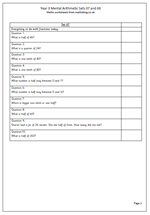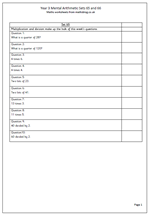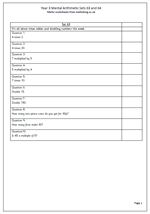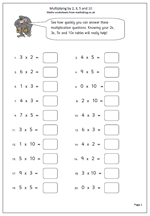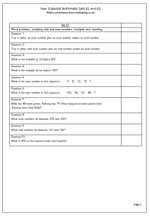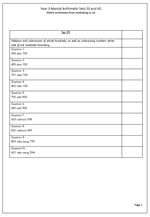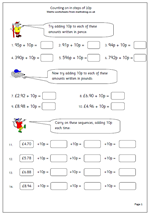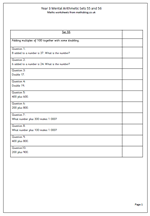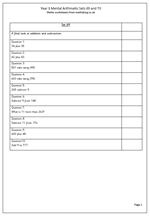 A final look at addition and subtraction with these two sets of ten mental arithmetic questions for year 3. By the end of the year children should really be developing their mental arithmetic strategies, which are almost like ‘tricks of the trade’. Let’s take a look at a few of them which crop up in these questions.
A final look at addition and subtraction with these two sets of ten mental arithmetic questions for year 3. By the end of the year children should really be developing their mental arithmetic strategies, which are almost like ‘tricks of the trade’. Let’s take a look at a few of them which crop up in these questions.
1. 34 add 35 can be done in several ways such as adding the tens then adding the units and adding the two totals. Another way is to double one of the numbers and adjust by one e.g. double 34 is 68; add one to make 69.
2. 603 – 590. My favourite way to do this is adding on: add 10 to make 600 and then add 3 more to make 603. Answer is 13. This is much easier than trying to subtract 590 from 603.
3. subtract 9 from 265. This is one they should be very familiar with; take ten and add one. Of course some children will count down 9 using their fingers, but this will be much slower.
